Welcome to the wonderful world of the Abel Tasman – New Zealand’s smallest, sunniest and most popular national park.
Abel Tasman, the Dutch explorer, was the first European to visit New Zealand. In 1642 he anchored his two ships in Golden Bay near the present park. The Abel Tasman National Park was opened in 1942, on the 300th Anniversary of Tasman’s voyage. This park is located at the top of the South Island and is best known for its gentle coastal walk, golden beaches, towering granite domes and honeycomb cave systems.
The high country is accessed from the summit of ‘The Marble Mountain’, as the Takaka Hill is called. Canaan Road joins a walking track to Harwood’s Hole, an awe-inspiring drop shaft, which is the deepest in the Southern Hemisphere. The entire area is a tortured landscape of sculptured limestone outcrops, fissured marble caverns, sinkholes and subterranean streams.
The black depths of The Marble Mountain’s underworld are far removed from the sun-drenched coves and estuaries, which are the park’s main attraction. The Abel Tasman Coastal Track draws 30,000 overnight visitors each year, to earn the title of New Zealand’s most popular Great Walk. Fine quartz crystals of weathered granite and marble, form sparkling golden sand beaches in the crescent-shaped bays along this protected coast. The gentle track links a series of huts and campsites between Marahau and Totaranui that are close enough to allow trampers to relax, swim, sunbathe and explore to their heart’s content.
Visitors to the park have many choices. Kayaking or sailing peacefully around the coast, seeking out private coves. Viewing the New Zealand fur seals in the Tonga Island Marine Reserve. Travelling on jet skies and runabouts at an exhilarating pace. Or tramping in the solitude of the Inland Track, penetrating the mountainous interior of the park.
The Abel Tasman is a park for all seasons, all ages and all interests. You can go back in time in the depths of a cave, or let time stand still while you kick back on a beach.

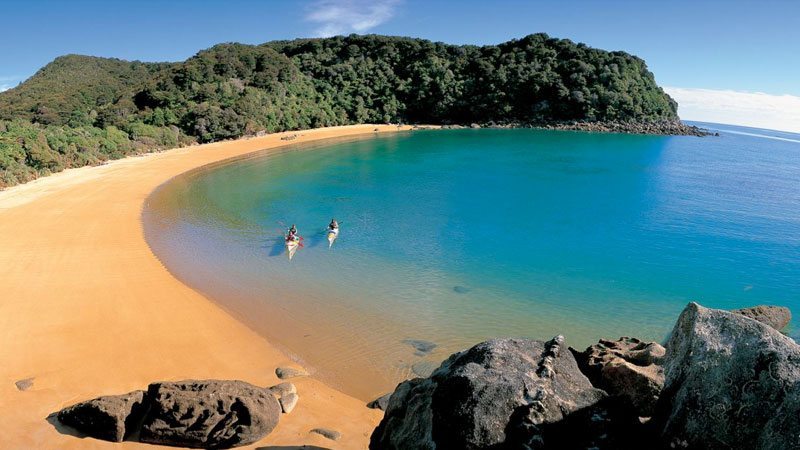
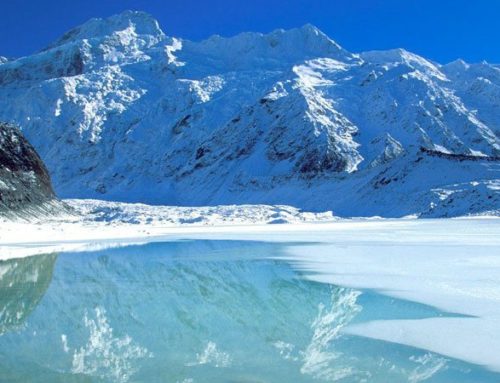
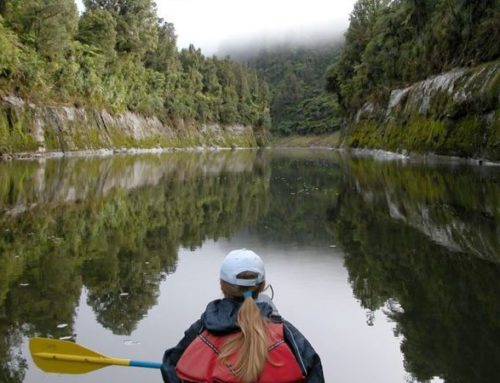
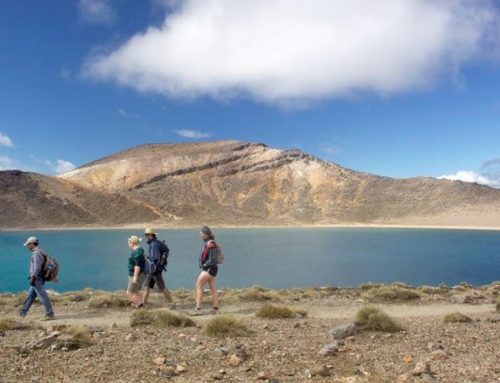
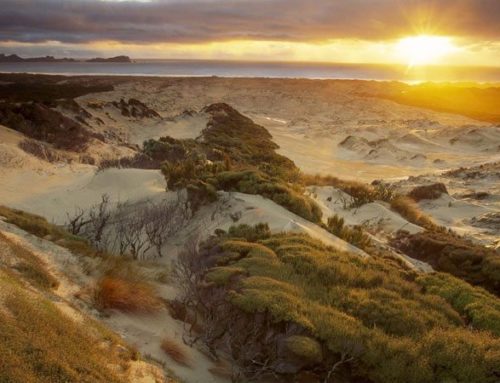
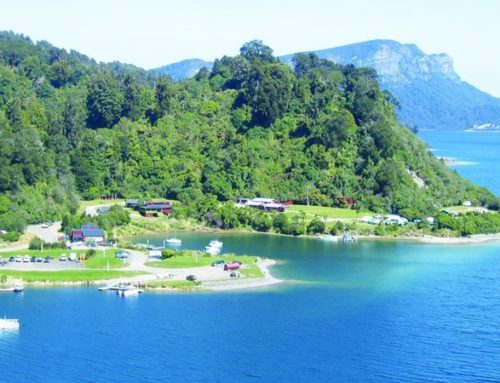
Leave A Comment